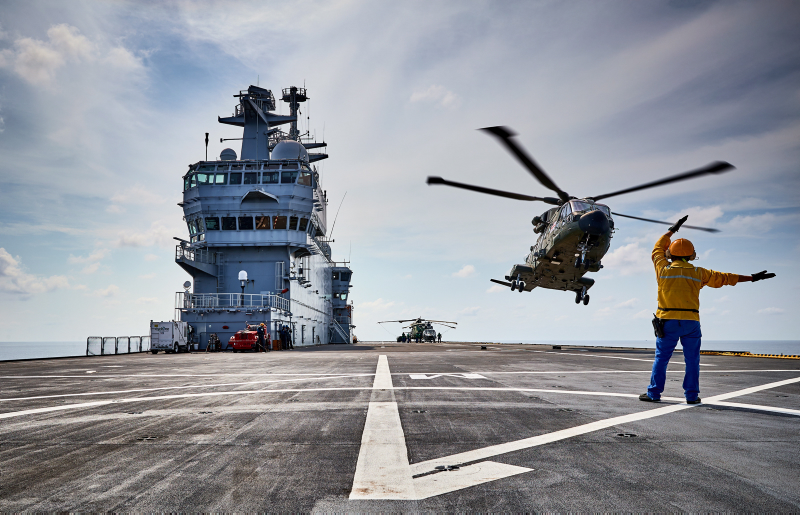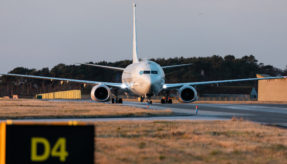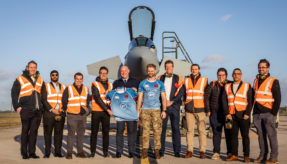
The Military Aviation Authority (MAA) has carried out a comprehensive study of exercise data to better understand and identify potential threats to air safety.
Naturally, deployment on or in support of a military exercise brings with it an increased level of risk, particularly in comparison to homeland drills.
And yet, having undertaken an internal Military Aviation Authority review exploring joint exercises, the MAA concluded that it would need access to all available data to pinpoint exactly why hazards are so much more pronounced when conducting a military exercise.
According to the MAA, a military exercise can be defined as “the employment of military resources in training for operations, either exploring the effects of warfare or testing strategies without actual combat”.
In recent past, aviation has proven absolutely critical to the success of such exercises – supporting Counter Insurgency operations in Iraq and Afghanistan, for example. But if the UK is to forge professional and resilient aircrew and support staff, able to operate effectively in the 21st century battlespace, continued military exercise is a must.
Over the course of its analysis, the MAA discovered a healthy reporting culture, with units deployed documenting around 500 to 600 exercise related defence air safety occurrence reports (or DASORs) each year between 2010 to 2016.
Encouragingly, the study also found the level of pre-exercise planning and preparation and first party assurance when deployed to be of a high standard, while air safety risks are regularly captured and scrutinised in exhaustive post-exercise reports.
Nevertheless, the MAA is urging aviation exercise planners and support staff to remind themselves of the Regulatory Article (RA) 2305(6) ‘Air exercise planning and airspace integration regulation’.
The MAA has also highlighted a list reoccurring themes – safety issues identified across the aviation environment that the authority hopes will serve as a useful refresher. These include:
- Austerity
- Climate extremes
- Congested airspace
- Enhanced appetite to take risk
- Fatigue
- IT infrastructure
- Mission creep
- Poor technical accommodation
- Pressure
- Unfamiliar operating environment
If you would like to join our community and read more articles like this then please click here.







